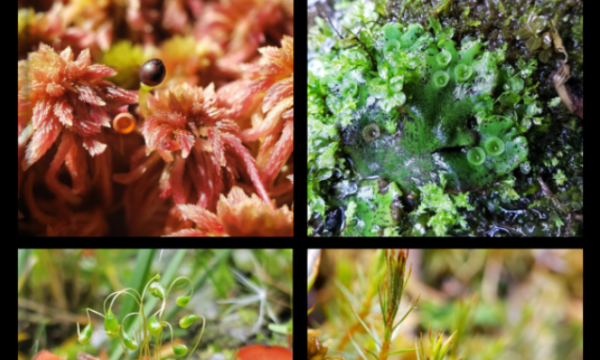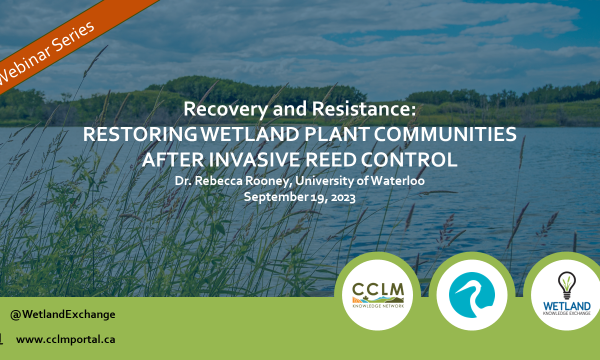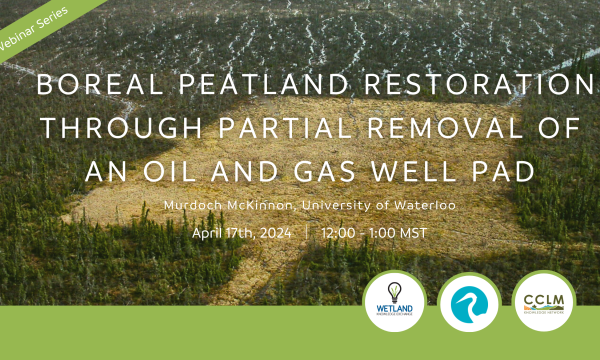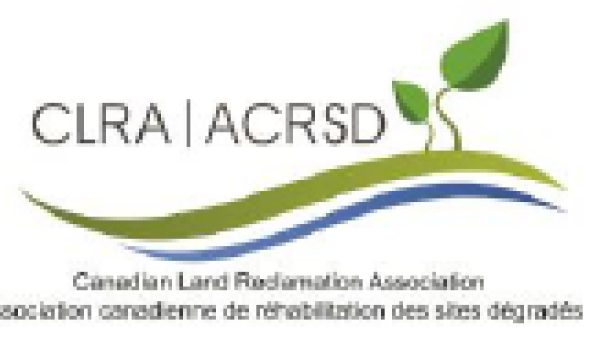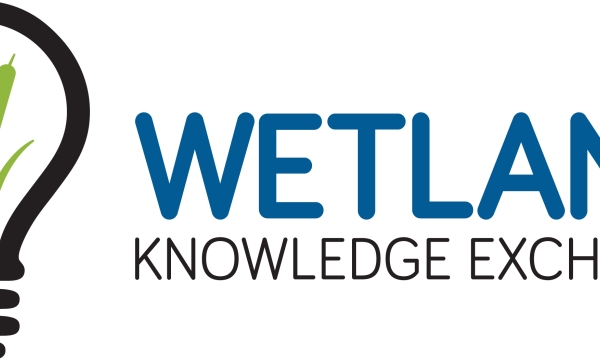Wetland Knowledge Resources
Resource
Authors
Ülo Mander
Mikk Espenberg
Lulie Melling
Ain Kull
Peatlands play a crucial role in the global carbon (C) cycle, making their restoration a key strategy for mitigating greenhouse gas (GHG) emissions and retaining C. This study analyses the most common...
Resource
Authors
Christopher Kilner
Alyssa Carrell
Daniel Wieczynski
Samantha Votzke
Katrina DeWitt
Andrea Yammine
Jonathan Shaw
Dale Pelletier
David Weston
Jean Gibert
This resource is available on an external database and may require a paid subscription to access it. It is included on the CCLM to support our goal of capturing and sharing the breadth of all...
Resource
Authors
Scott Davidson
Marissa Davies
Emma Wegener
Sara Claussen
Megan Schmidt
Mike Peacock
Maria Strack
The carbon (C) dynamics of boreal coniferous swamps are a largely understudied component of wetland carbon cycling. We investigated the above- and below-ground carbon stocks and growing season carbon...
Resource
Authors
Alberto Aleman
Marcel Dorken
Aaron Shafer
Tulsi Patel
Polina Volkova
Joanna Freeland
A critical knowledge gap in freshwater plant research is the lack of genetic tools necessary to answer fundamental questions about their demographic histories, adaptation and phylogenetic...
Resource
This resource is a publication available externally for purchase in order to access it. It is included on the CCLM to support our goal of capturing and sharing the breadth of all available knowledge...
Resource
Authors
Brian Eaton
Tyler Cobb
Matt Dyson
Susan Koziel
Environmental genomics is a research method that sequences DNA from samples collected from the environment (e.g. wetlands, water, soil, organisms, etc.). This method can accelerate species...
Resource
Recovery and Resistance: Restoring the wetland plant community after invasive reed control PRESENTER: DR. REBECCA ROONEY, UNIVERSITY OF WATERLOO For established invasions, like European common reed...
Resource
Boreal peatland restoration through partial removal of an oil and gas well pad Murdoch McKinnon, University of Waterloo Peatlands cover over 30% of the landscape on Canada’s Western Boreal Plains...
Resource
Seventy-eight reclamation practitioners from government, industry, consulting, academia, and the services sector gathered in Edmonton on March 6, 2024, to highlight and discuss specific issues facing...
Resource
The Wetland Knowledge Exchange releases monthly newsletters that highlight new research, publications, news, interesting facts, events and more. In this edition you will learn about: Peatlands and...



